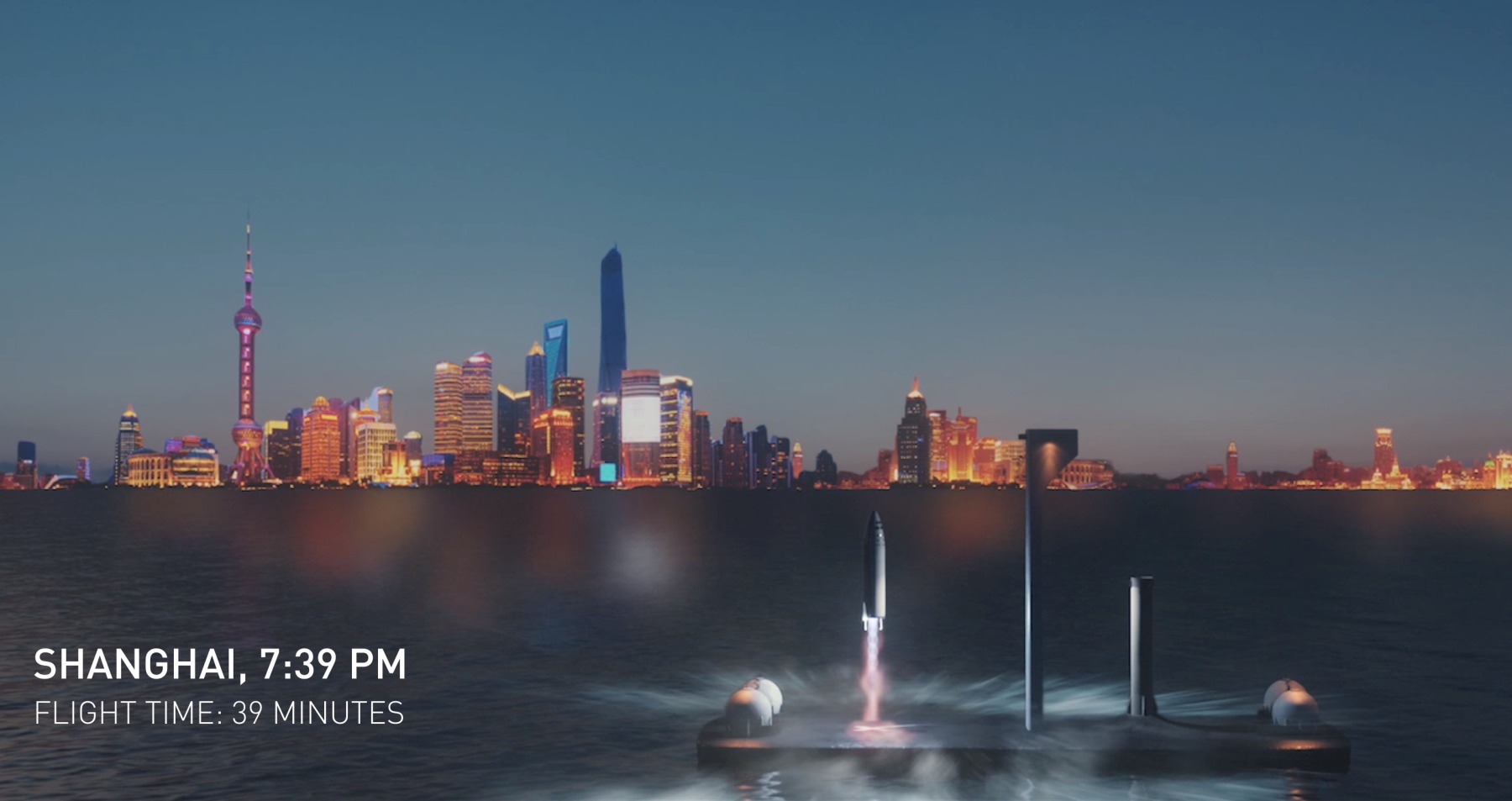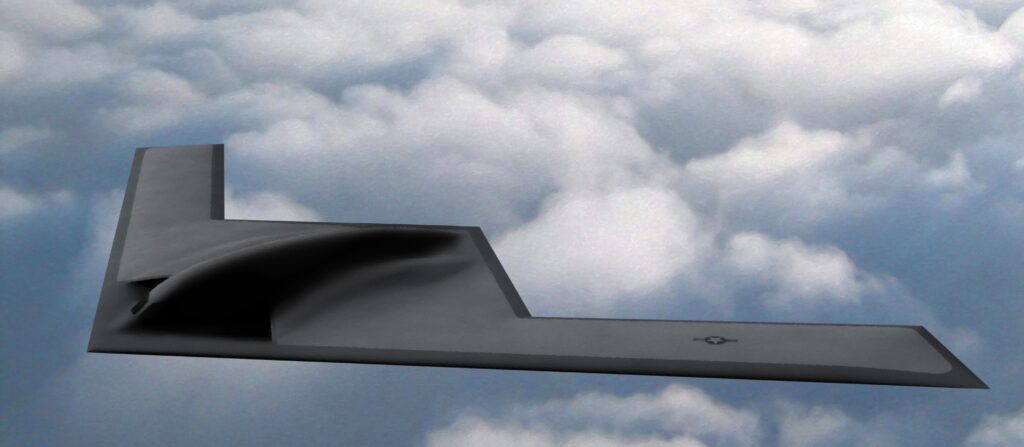SpaceX’s Reusable Rockets Could Revolutionize Warfare
Posted on

Space X passenger rocket
If SpaceX founder Elon Musk’s can adapt his reusable rockets for international passenger travel, his company could soon send people and cargo around the world much faster than can the U.S. Air Force.
Musk has realized that the same reusable rockets he is building for missions beyond Earth orbit can also be used to do many of the things that airplanes currently do. Sadly, although the Air Force is now awakening to the thought that reusable rockets are the future for space launch it lags industry in planning to use these new tools for aircraft-like missions.
The Air Force’s next bomber will likely be subsonic, as are all of the Air Force’s current and planned military transport aircraft. Since the speed of sound at sea level is around 760 miles per hour, and the velocity of SpaceX’s reusable rockets is around 18,000 mph, the company could offer civilians transport to the other side of the world more than 24 times faster than the Air Force can transport our military.

B-21 Raider artist rendering
This is a missed opportunity. Many of the time-critical challenges facing the United States are thousands of miles away and are protected by increasingly effective advanced air defenses (such as the North Korean KN-06). One way to deal with these threats could be to deploy forces and deliver effects to the theater with reusable rockets flown on trajectories similar to those seen in Musk’s video.
For the deployment of forces and logistic sustainment, SpaceX’s passenger configuration of the second stage would be an ideal early complement to the slower C-17 fleet, while a “militarized” second stage might be an early complement to a subsonic B-21.

SpaceX concept
Were these aerospace craft to be available in a future North Korean crisis, for example, the President might not have to base as many U.S. bomber forces inside of the range of North Korea’s Hwasong 12 missile.
Some believe this missile can reach Guam, a U.S. territory, and its critical Air Force Base there. Instead of deploying within missile range, reusable rockets could be based much farther away, and used from mobile locations outside of the 3,420 mile limit established by the Intermediate-Range Nuclear Forces Treaty (see “Militarizing Musk”).
These same reusable aerospace vehicles could also be used to launch satellites on-demand as a crisis escalated, for missile defense and other purposes.
All of that said, this will not happen overnight. SpaceX has not built the vehicle depicted in the video. Nor have they demonstrated the recovery and soft vertical landing of a reusable upper stage. But if the company comes close to flying this vehicle in 2022, as it has promised, it will have important implications for the future of warfare that DOD should pay attention to. This is especially true as SpaceX has demonstrated over the past 15 years that it moves quickly and does what it says it is going to do.
On the other hand, as Strategic Command’s John Hyten said recently, “We (DOD) move slowly in everything that we do: the requirements process, the budget process, the acquisition process,” the general said. “They’re all slow, and they all have to speed up. There is too much at stake not to take action. Our requirements, budget and acquisition processes are all disconnected, and none of them move quickly. We must have processes that are integrated, move fast and demonstrate greater risk tolerance.”
To follow the general’s advice, the Pentagon and the Air Force may want to start thinking about how they can “lead turn” the reusable rocket revolution by folding these emerging capabilities straight into the requirements, plans, budget and acquisition processes today instead of continuing to lag behind where industry clearly intends to go.
Bill Bruner, a former NASA assistant administrator and fellow in Speaker Newt Gingrich’s office, is CEO of New Frontier Aerospace, a space technology development and consulting company. He is a retired Air Force colonel.
Subscribe to our newsletter
Promotions, new products and sales. Directly to your inbox.
